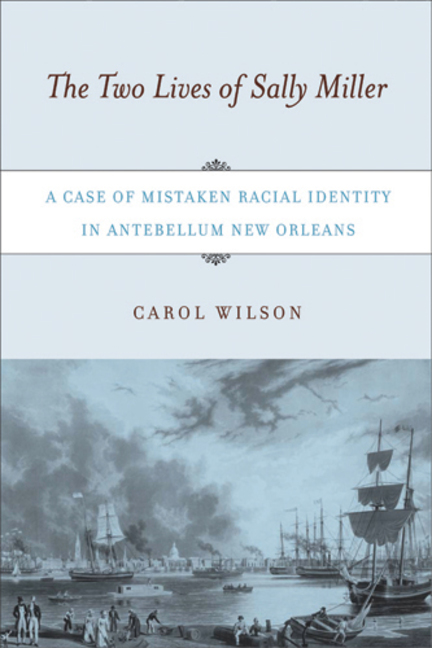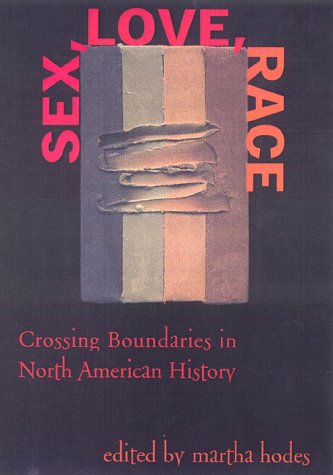Fluid…: Identity in the Making
The Vermont Connection Journal
The University of Vermont
2002-07-29
Amiko Matsumoto
I get the “what are you” question a lot. I usually get a warning that the question is coming: a tilt of the head, a squint of the eyes, a puzzled look as the wheels turn in my questioner’s head. She or he will try to figure out where I fit, what possible combination or part of the world looks like me. And when the search of the database ends without a satisfactory answer, my questioner will ask, “What are you?”
For a long time, I didn’t like this question because I didn’t have a neatly packaged answer. “My dad is sansei, a third generation Japanese American, and my mom’s ancestry goes back three generations to France and Switzerland,” I’d respond. Sometimes that answer would be satisfactory, but most often, it was not. “But what are YOU?” or “But you don’t look THAT Japanese” or even “Wow, your English is really good”—that’s what would usually follow.
When it did, I would feel like I had done something wrong, that I had failed, and that I should do more to explain myself. I wanted to be understood so badly that I sometimes tried to deny part of who I was in order to more successfully fit into someone’s perception of who I should be. But a few years ago, all of that changed. It wasn’t an overnight decision for me, but rather a process that was the result of many conversations, confrontations, and tears. At some point during my time in Burlington, I became comfortable with my biracial identity. More than comfortable, I became proud…
…I now see fluid identity as a strength. I like being able to move in and out of different communities, being able to express the cultural characteristics of my surroundings without much thought. Perhaps the best example of this came a few years ago while I was in line at Disneyland with a few friends. The women ahead of us were exchange students from Japan. We talked for the forty-five minutes or so it took to get on the roller coaster, and when we got off the ride, my friends commented on how I “became Japanese” as I talked with the students. “Your sentence structure changed. You bowed your head a lot. It was like you became a different person. Do you always do that around Japanese people?” Their questions truly caught me off guard, not because I felt insecure in who they perceived me to be, but because I really hadn’t noticed I did that. Fluid identity is just as it sounds: the ability to identify in a way that takes into account the cultural currents and adjust accordingly. The issues it raises permeate all aspects of who I am…
Read the entire article here.





